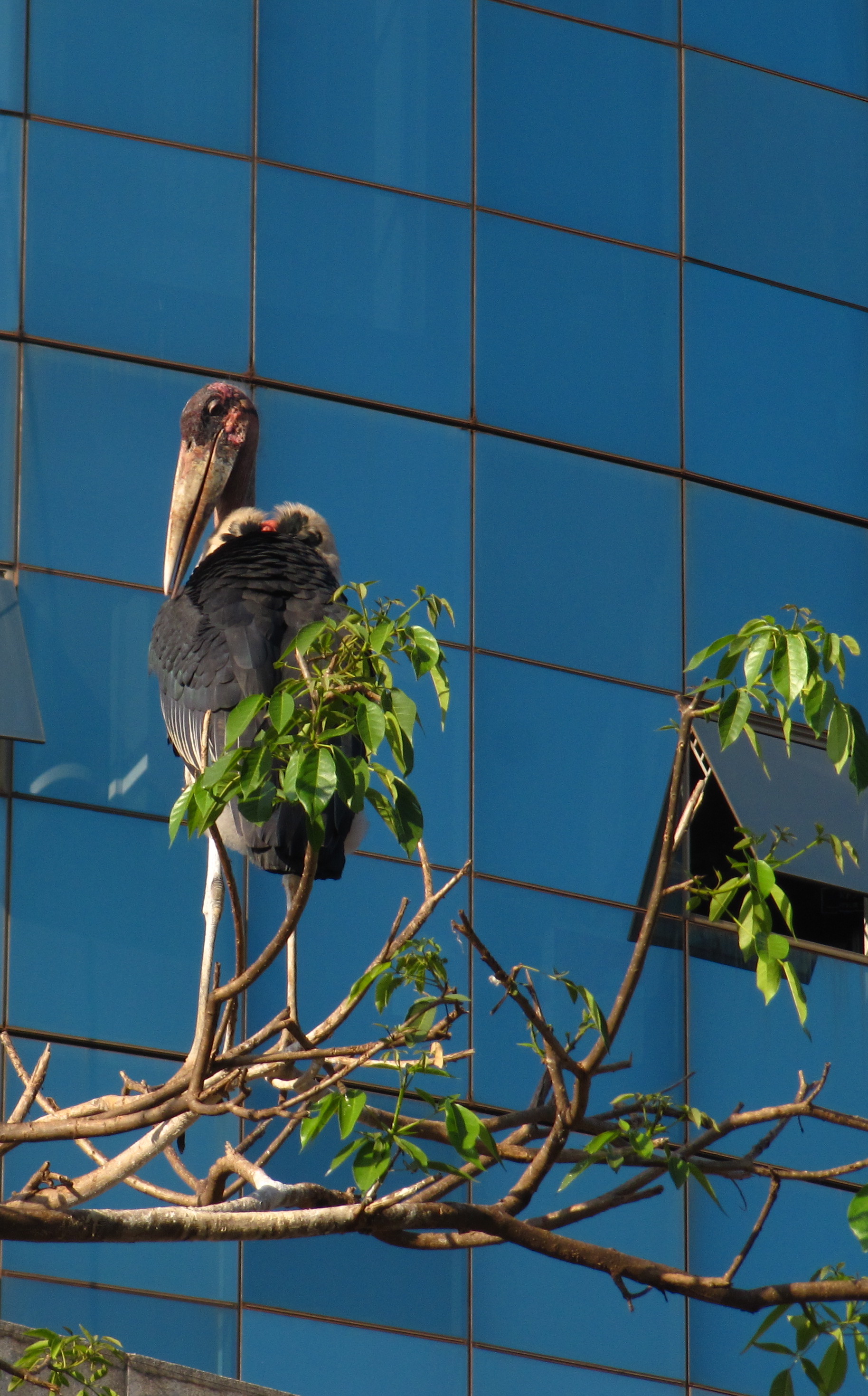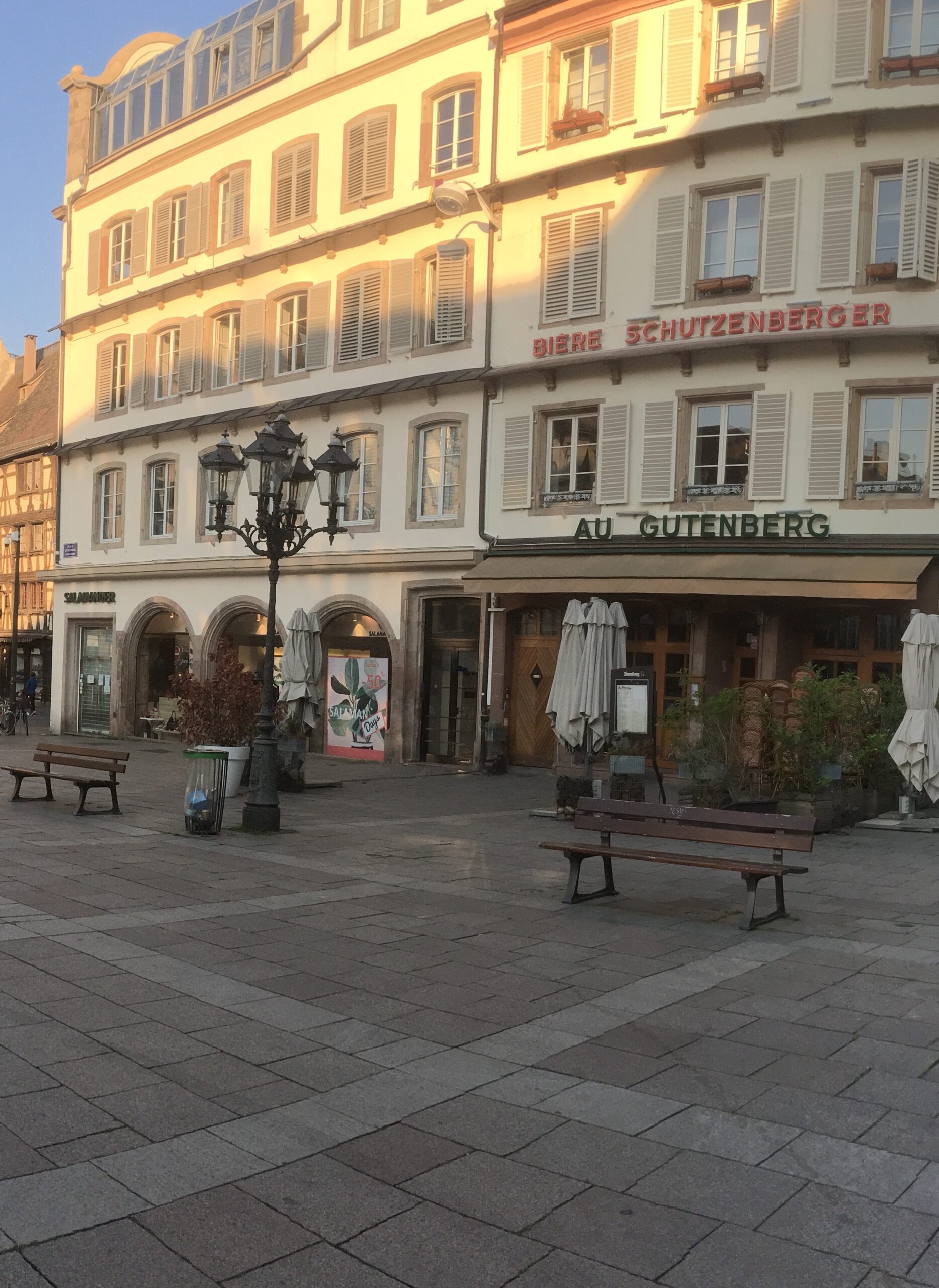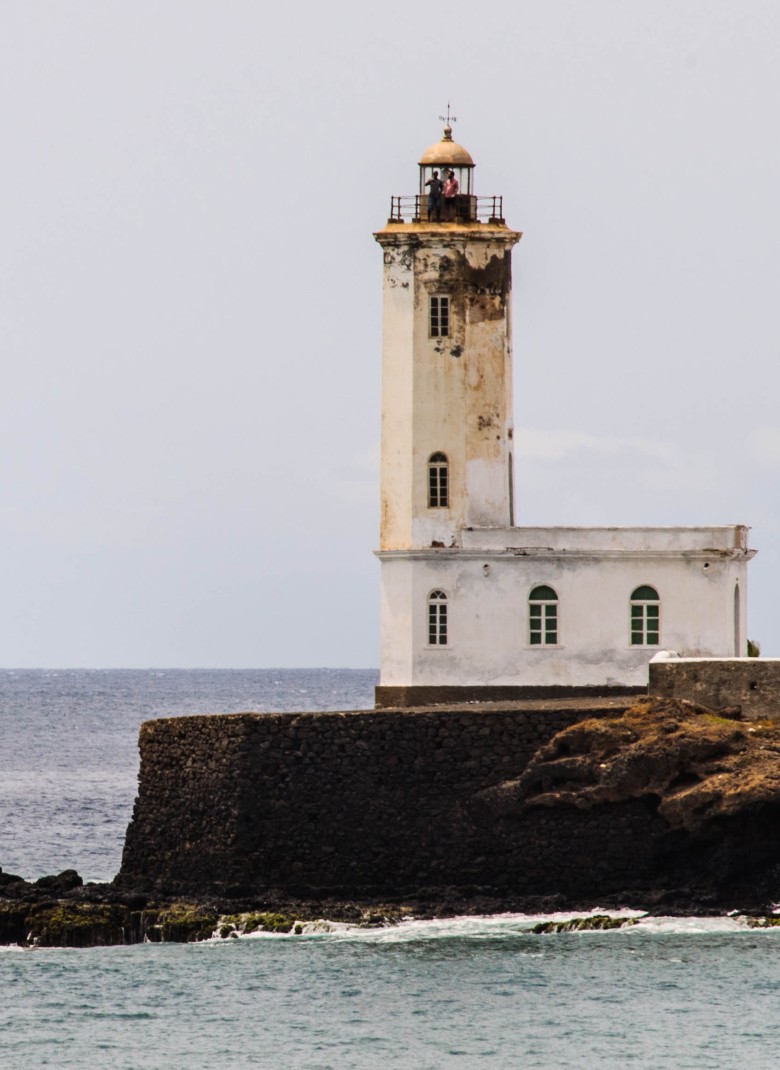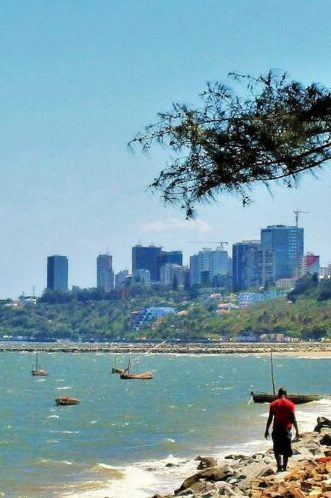With DILMAN DILA

Your name: Dilman Dila
Current city or town: Kampala, Uganda
How long have you lived here: Since 2011
Three words to describe the climate: Friendly, sunny, dusty
Best time of year to visit? All year. It can get wet in the rainy season, with flash floods, but that doesn’t normally last more than a few hours.
1. The most striking physical features of this city/town are . . .
The birds. Kampala is full of wetlands. My home is near one and I sometimes see ten different species in a day. There’s a species that thrives in the middle of the streets. The marabou stork, karoli, the garbage collector. In the past the city had poor waste management and this attracted the storks, but today they have fallen in love with the lampposts and tall buildings and won’t leave, though the council has tried to exterminate them. You would think people wouldn’t want such ugly creatures in their streets, but many residents don’t support the council’s genocidal tendencies. The karoli do not harm anybody, after all, and they help keep the city clean. The karoli have grown so accustomed to people that it is not strange to see them standing close to humans in the parks, and even fighting with homeless people over food in the garbage bins.

2. The stereotype of the people who live here and what this stereotype misses . . .
Kampala is dominated by the Baganda, who are culturally very respectful to those of higher social ranking. They traditionally kneel as a form of greeting. Mostly girls do the kneeling, and today mainly those with rural upbringing, but this made the city synonymous with courtesy and respect. Visitors find it so friendly that if you asked for directions, a stranger might offer to take you if it is close by rather than show you the way. Foreign investors who mistreat their employees, either by underpaying them or outright inhuman treatments, may think Kampalans are submissive and easy to cheat for they don’t openly protest, but employees hide grudges behind masks of smiles. They might wait for an opportune moment to rob the boss in revenge. A mistreated waiter in restaurants, or a cook at home, might spit into food and serve it with a big friendly smile rather than protest.
3. Historical context in broad strokes and the moments in which you feel this history . . .
Oral lore has it that there once was a city called Wawaawu in the distant past, probably related to ancient Egypt or to Bachwezi who created a vast empire. The only surviving artifact is what archaeologists call The Luzira Figurine, and they are reluctant to investigate its origins because of colonial attitudes, which refused to see civilization in Africa. When the English invaded and established Kampala (so called because impala roamed about in abundance), they created an apartheid-like system. The central part was for whites while Asian traders formed a protective ring territory around the center, apparently in anticipation of attacks from the people whose land they had taken. Today, the city is largely stratified in this manner, though in terms of wealth rather than by race. The elite, who inherited colonial structures and maintain them for wealth and power, live in the center while poor people live where Africans used to live.
4. Common jobs and industries and the effect on the town/city’s personality . . .
The biggest industry is transport. It gives the city a slightly crazy personality. Commuter taxis, kamunye (the regular taxi is called “special hire”), are white with a blue, dotted stripe around the middle and have a driver and a conductor, who shout at pedestrians. They employ touts to haunt the pavements and hustle passers-by. They stop wherever a passenger wants to jump on or get off. Then there are bodaboda, motorcycle taxis, which became very popular as traffic jams intensified in the city. The riders wear big winter jackets, and it looks ridiculous for the city is very warm. I think it is the only kind of protective clothing they can afford. They are reckless, and during rush hour they ride on pavements. Since only the central part (formerly white area) of the city is well planned, in the outskirts bodaboda is often the only available means of public transport.
5. Local/regional vocabulary or food?
There are two kinds of potatoes in Kampala: sweet potatoes, which are indigenous and a local variety, and then there are “Irish,” which are the more common type in Europe and America. It’s not clear why they call them Irish. It might seem a very racist thing to call potatoes Irish, but the English introduced them to the country during their colonial adventures, and most likely at that time the English were just being racist when they made Ugandans believe that these potatoes are called Irish. I’ve read a bit about Ireland and potatoes and the great famine that happened in the 1800s, just about the time the English invaded what is now known as Uganda and established a colony, and I think that name came from way back then, but I may be wrong. The actual origin of the name might be lost to time.
6. Local politics and debates frequently seem to center on . . .
It keeps shifting in focus, but it often boils down to one thing: how long the president will stay in power. He came in with guns blazing in 1986 and at first he seemed like a nice guy, making all sorts of promises, and for a while people believed he was really going to change things. Then he got greedy, and now he won’t leave. At first the debate was, “Should we have a no-party movement system or a multi-party democracy?” Then it became, “Should we have presidential term limits?” And now it is “Should we have presidential age limits?” A few weeks ago, the debate got so fierce that parliamentarians threw punches at each other and security men in plain clothes stormed into parliament to arrest those of the opposition. The president seems determined to rule for the rest of his life.
Dilman Dila is a writer and filmmaker whose works in science fiction and fantasy have won international accolades. He writes about his life, work, and travels at his site, www.dilmandila.com.
Photos courtesy of the author.




